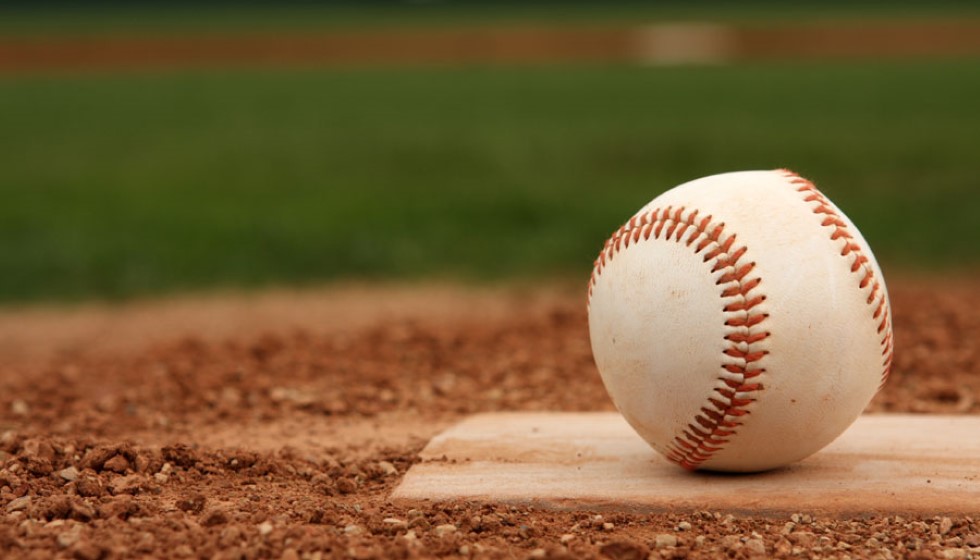
In a move set to revolutionize the game, Major League Baseball (MLB) is edging closer to integrating the Automated Ball-Strike (ABS) system into its framework. Commissioner Rob Manfred recently suggested that this significant technological leap is not a matter of 'if' but 'when'. Several elements, including player feedback and successful trials in the minor leagues, are paving the way for ABS's future in the MLB.
A New Era of Accuracy
The ABS system, known for its precision down to a hundredth of an inch, promises an unprecedented level of accuracy in calling balls and strikes. This pinpoint precision capability is the result of advanced technology that meticulously charts the ball's path, ensuring an exact evaluation of every pitch. As Manfred stated, "We have made material progress; the technology is good to the 100th of an inch; the technology in terms of the path of the ball is pluperfect."
Testing Grounds and Early Feedback
ABS is not entirely new to the baseball community. The system has been implemented in various minor league levels, including Triple-A, where it has undergone extensive testing and adjustments. Initially, the introduction of ABS led to a noticeable increase in strikeouts and walk rates, but these metrics stabilized over time as the strike zone was fine-tuned. The real-world application at the minor league level has been critical in ironing out the kinks and gathering valuable data.
Additionally, the Korea Baseball Organization (KBO) adopted ABS this season. The KBO's experience offers a promising glimpse into the system's potential impact, with notable increases in On-base Plus Slugging (OPS) from .712 last year to .766 this year. The feedback from these trials is instrumental in shaping how ABS will be seamlessly integrated into the MLB.
Player Input Shaping Implementation
Listening to those most affected— the players— has been a priority for the MLB. As Manfred highlighted, "We have listened – me, in particular, and I've carried a lot of this water with the owners – to player input on how they want to see it rolled out. Our focus, obviously, the second half of this year is on the challenge system, and that is almost 100% based on player feedback."
This challenge system will allow each team to appeal pitches to the ABS, with a maximum of three challenges per game. This innovation aims to ensure that the most contentious pitch calls can be reviewed with unparalleled accuracy, thereby maintaining the game's integrity.
Roadmap to Implementation
Before ABS makes its grand debut at the MLB level, it will undergo rigorous testing during spring training. This careful, methodical approach underscores the MLB's commitment to getting it right the first time. "One thing we learned with the changes last year is, a little more time is better than not enough time. Just in terms of making sure when you bring something to the big leagues, you've got to make sure you got it right," said Manfred.
While no specific timeline has been officially announced, the trial phase for ABS could start as early as 2025. This phased approach helps ensure that when the ABS system is finally implemented in the MLB, it operates seamlessly, maintaining the natural flow and competitive integrity of America’s pastime.
Looking Ahead
As several current major league players have already encountered ABS during their stints in the minors or on rehab assignments, the transition might be smoother than anticipated. The gradual build-up to full-scale implementation, backed by robust testing and invaluable player feedback, provides a solid foundation for ABS in the MLB.
The impending integration of ABS represents a landmark shift towards greater precision and fairness in America's favorite pastime. Baseball purists and tech enthusiasts alike will be watching closely as this new chapter unfolds, promising a future where the strike zone is called with more accuracy than ever before.